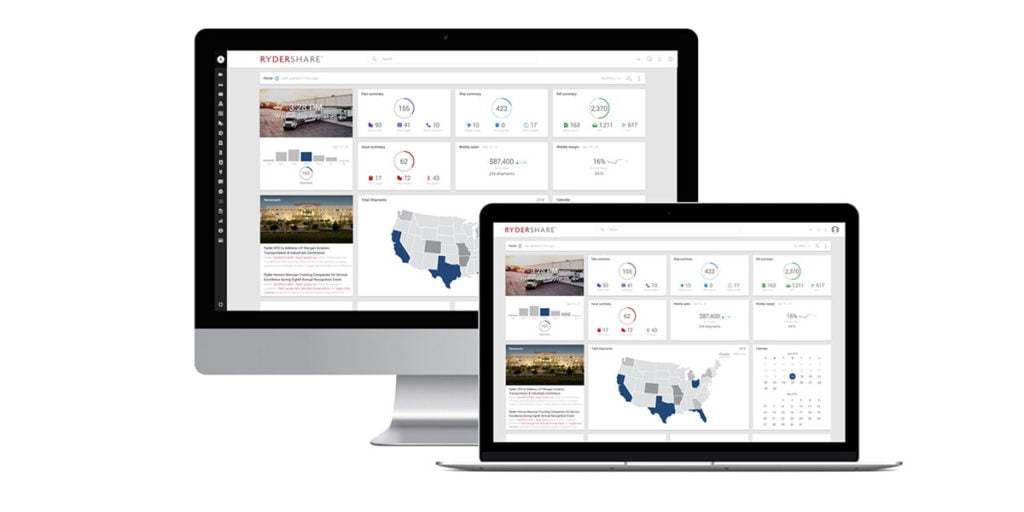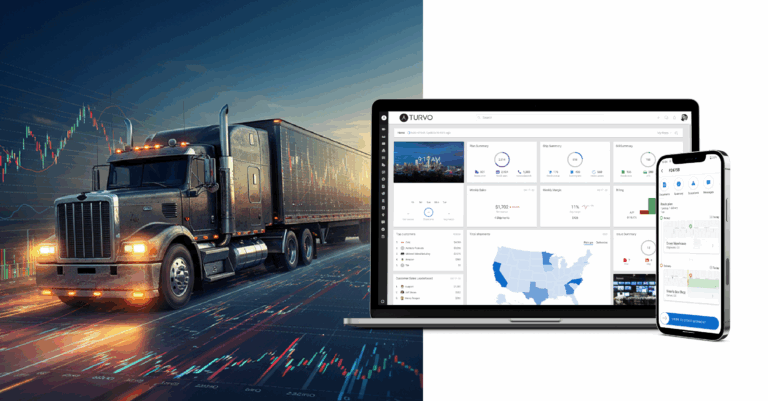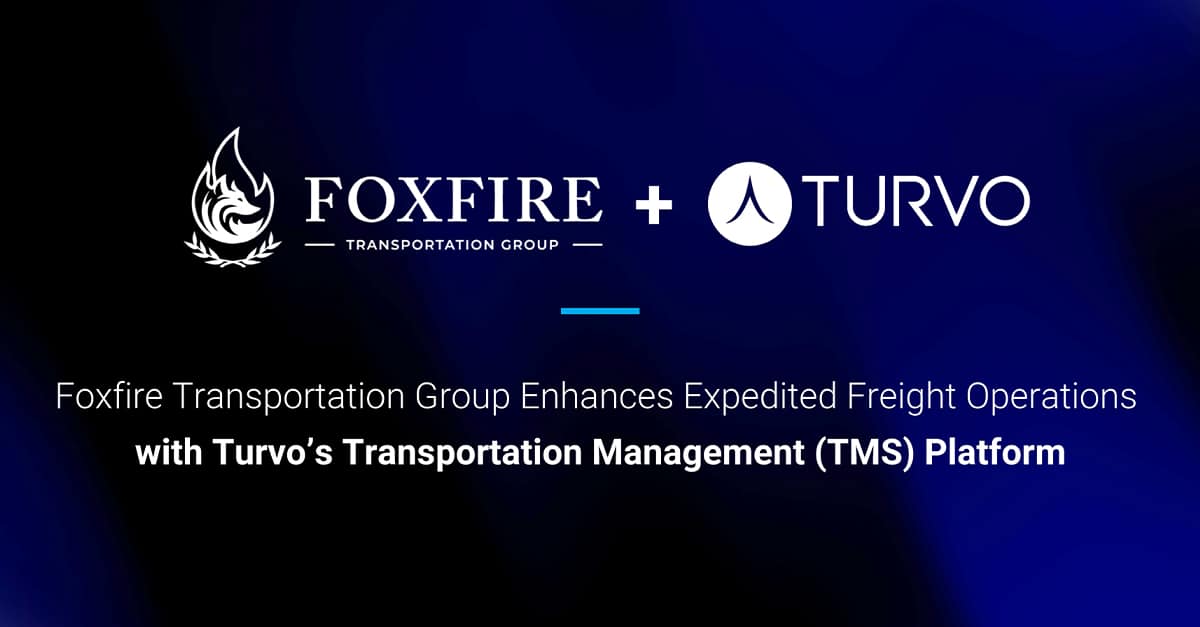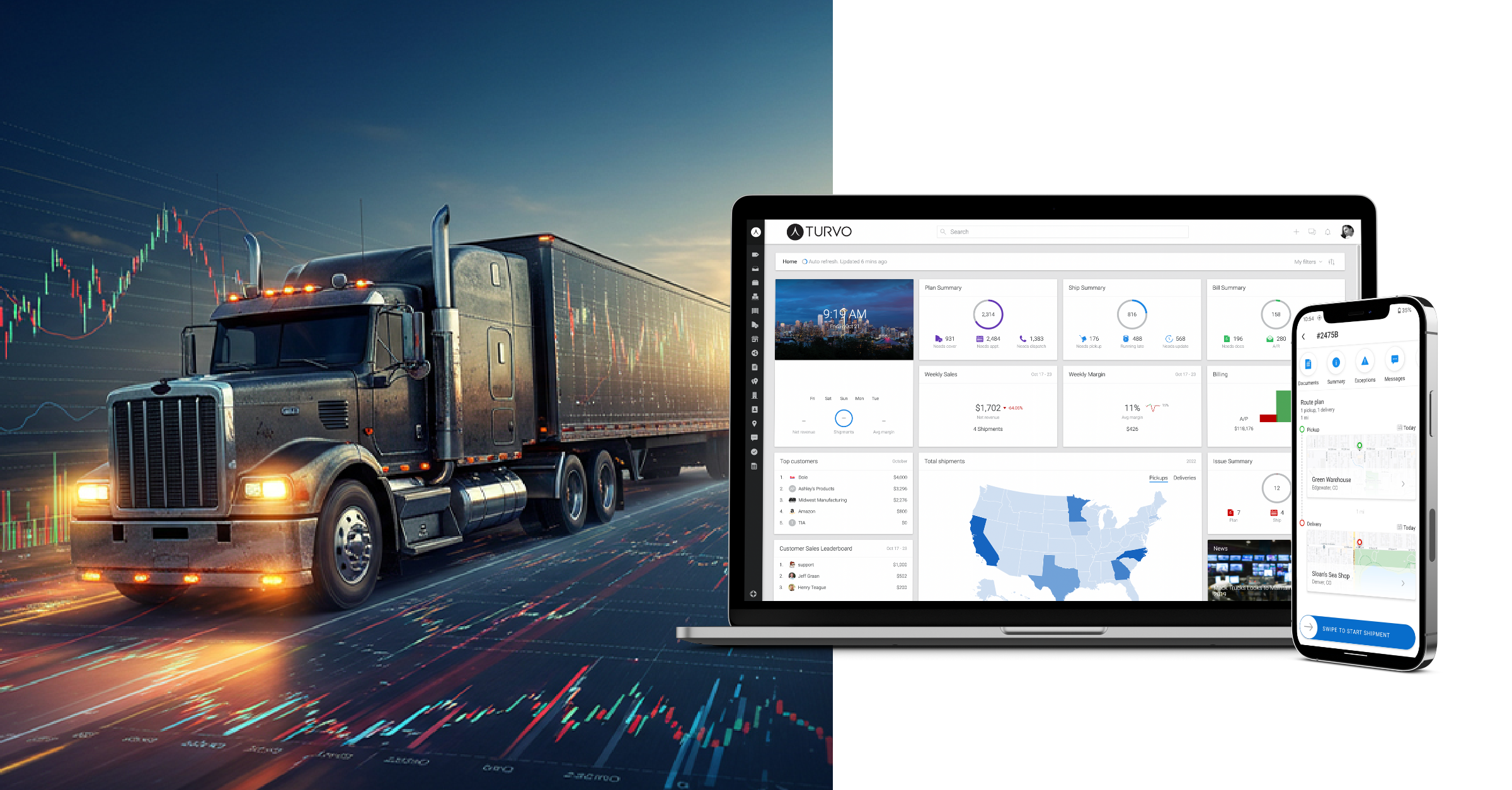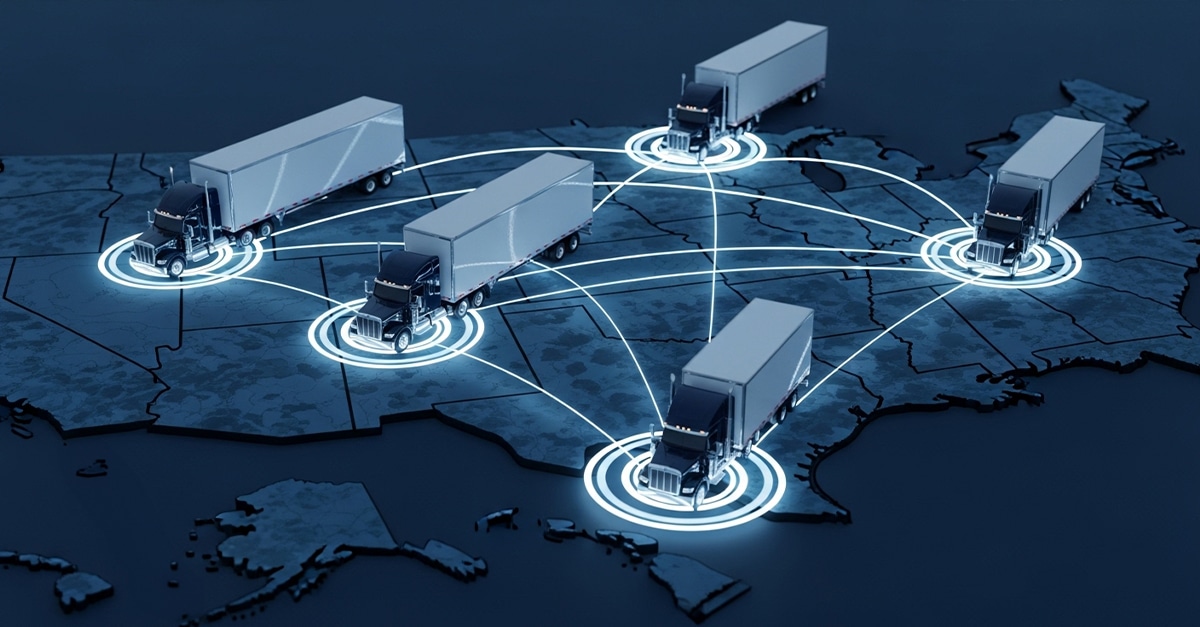How Tariffs, Retaliatory Measures, and De Minimis Changes Are Reshaping Global Supply Chains
As we move through 2025, global trade faces increasing uncertainty. The threat of new tariffs, retaliatory trade measures, and the potential sunsetting of the U.S. $800 De Minimis exemption are causing supply chain leaders to rethink sourcing strategies, transportation networks, and pricing structures.
For logistics providers, freight brokers, and supply chain managers, these shifts present significant challenges—but also opportunities to build resilience and optimize operations. This blog explores the latest trade policy developments and how businesses can adapt to remain competitive in a rapidly evolving landscape.
The Growing Threat of New Tariffs and Retaliatory Actions
Trade tensions are heating up again, with potential tariffs being discussed across multiple sectors, from manufacturing to consumer goods. Recent proposals aim to increase duties on imports from key trading partners, prompting concerns over rising costs and supply chain disruptions.
As seen in previous trade disputes, tariffs often trigger retaliatory measures. If new tariffs are imposed, countries affected may respond with their own duties on U.S. exports, further complicating global trade flows. Companies relying on cross-border trade must prepare for shifting costs and potential bottlenecks in their supply chains.
The De Minimis Exemption Under Threat
Another major shake-up could come from changes to the U.S. De Minimis exemption, which currently allows imports valued under $800 to enter duty-free. The proposed rollback of this exemption—especially for goods from countries like China—could significantly impact e-commerce and small parcel shipments.
Many businesses have relied on the De Minimis rule to avoid high duties on low-value imports. Without this exemption, costs will rise sharply, forcing companies to rethink their sourcing and fulfillment strategies. Logistics providers must anticipate changes in shipping volumes, customs processing times, and compliance requirements.
Supply Chain Disruptions on the Horizon
If these trade policies take effect, businesses will face:
- Increased import costs due to new tariffs and duty adjustments
- Longer customs clearance times as more shipments require processing
- Supply chain rerouting to mitigate higher costs and avoid restricted trade routes
- Pricing pressures as companies pass costs down to consumers or absorb them to stay competitive
Adapting to the New Trade Environment
Despite the challenges, businesses can take proactive steps to mitigate the impact of these changes and build more resilient supply chains.
- Diversify Sourcing and Manufacturing
Companies that rely heavily on one region for production should explore alternative sourcing locations. Southeast Asia, Mexico, and domestic manufacturing are becoming more attractive options as businesses seek to reduce tariff exposure. - Strengthen Customs Compliance
With potential regulatory changes, compliance will become more complex. Businesses must stay ahead of shifting trade policies by improving their customs documentation processes and leveraging technology for automated compliance management. - Enhance Visibility and Flexibility
Real-time visibility into shipments, inventory levels, and trade routes is crucial for adapting to disruptions. A cloud-based Transportation Management System (TMS) like Turvo provides end-to-end tracking, automated workflows, and predictive analytics to help logistics teams make informed decisions. - Optimize Transportation and Warehousing
Efficient transportation and warehouse management are crucial, especially when factoring in potential customs delays and added costs. Strategic warehousing helps position inventory closer to key markets, reducing shipping expenses and delivery times. Optimized routing and load consolidation further improve efficiency and cost savings.
- Prepare for E-Commerce Shifts
If the De Minimis exemption is reduced, e-commerce fulfillment strategies will need to evolve. Businesses may shift from direct international shipping to regional fulfillment centers to minimize customs duties. Logistics providers will play a crucial role in managing these transitions and keeping costs down.
How Turvo Helps Businesses Navigate Supply Chain Tariffs
As trade policies shift, businesses need technology-driven solutions to remain agile and competitive. Turvo’s collaborative logistics platform provides:
- Real-time visibility to monitor global shipments and anticipate disruptions
- Streamlined documentation management to simplify and support regulatory adherence
- Advanced analytics to help companies optimize sourcing, transportation, and warehousing strategies
- Collaborative workflows to improve communication between shippers, carriers, and customers
Stay Agile in a Changing Trade Landscape
2025 is shaping up to be a pivotal year for global trade, with tariffs, retaliatory measures, and De Minimis changes set to reshape supply chain dynamics. Businesses that take proactive steps—by diversifying sourcing, strengthening compliance, and leveraging logistics technology—will be best positioned to navigate these shifts and maintain a competitive edge.
Want to future-proof your supply chain? Schedule a demo with Turvo today and discover how our platform helps businesses adapt to evolving trade policies with real-time visibility, automation, and intelligent decision-making.

